Barcelona's Architectural Wonders Unveiled
Embark on a captivating journey through Barcelona's architectural masterpieces. Join our free walking tour to explore the city's rich history and vibrant culture.
Time
3 Hours
Stops
9 Places
Distance
7.3 km
Plaça de Catalunya
Start your journey at Plaça de Catalunya, the vibrant heart of Barcelona, known for its fountains and statues, and a perfect gathering place to begin exploring the city.
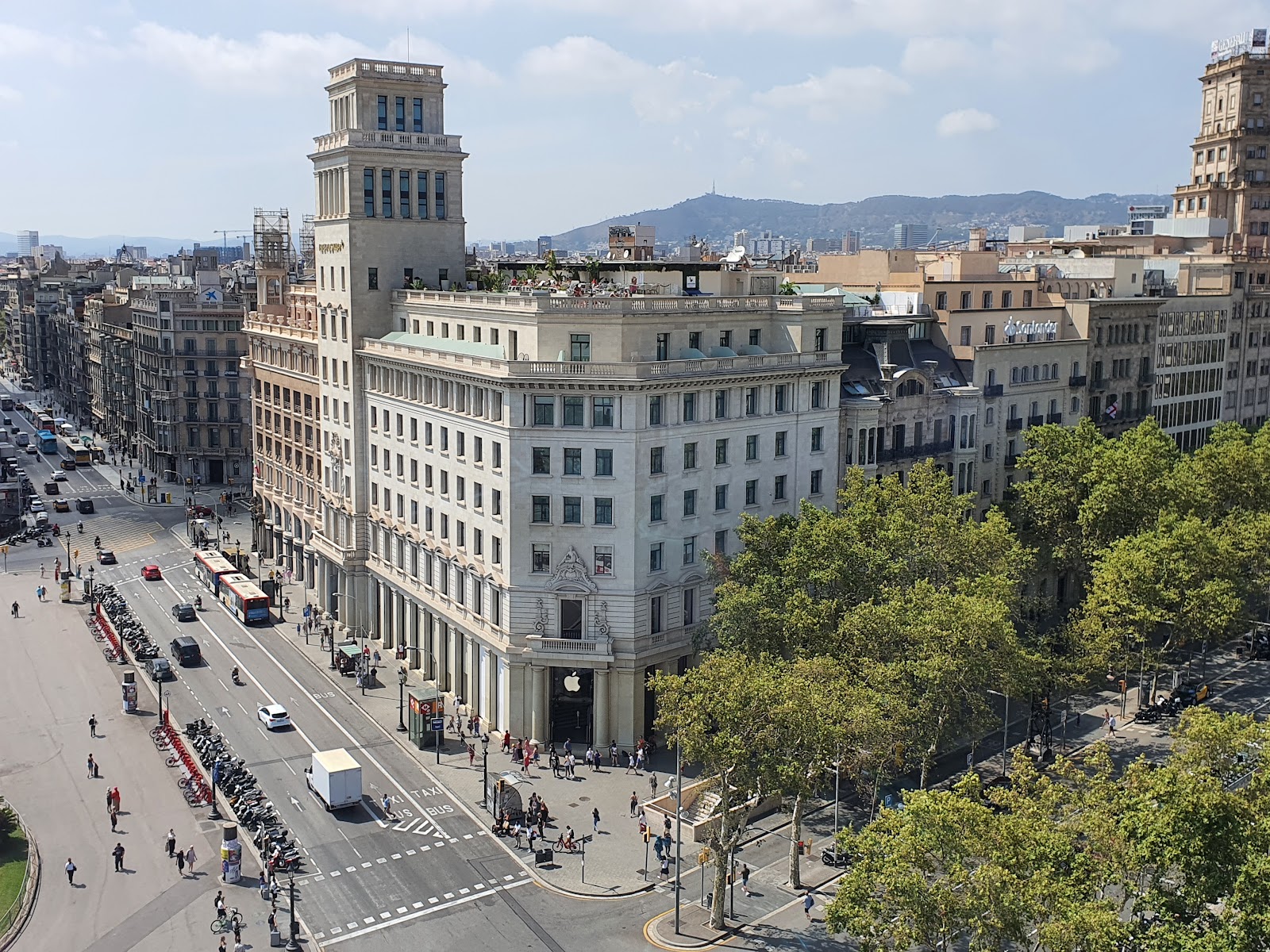
Plaça de Catalunya (Source: Google Maps)
Plaça de Catalunya is the central square of Barcelona, often considered the city's heart. It serves as a major hub connecting the old and new parts of the city. The square is adorned with beautiful fountains, sculptures, and gardens, making it a popular gathering spot for both locals and tourists. It has been the site of numerous historical events, protests, and celebrations, reflecting the city's dynamic spirit. Surrounding the square are important avenues leading to the Gothic Quarter and the bustling Passeig de Gràcia, making it an ideal starting point for exploring the city's rich culture and history.
Casa Batlló
Just a short walk along Passeig de Gràcia, Casa Batlló is an iconic modernist building designed by Antoni Gaudí, showcasing his distinctive style and creativity.
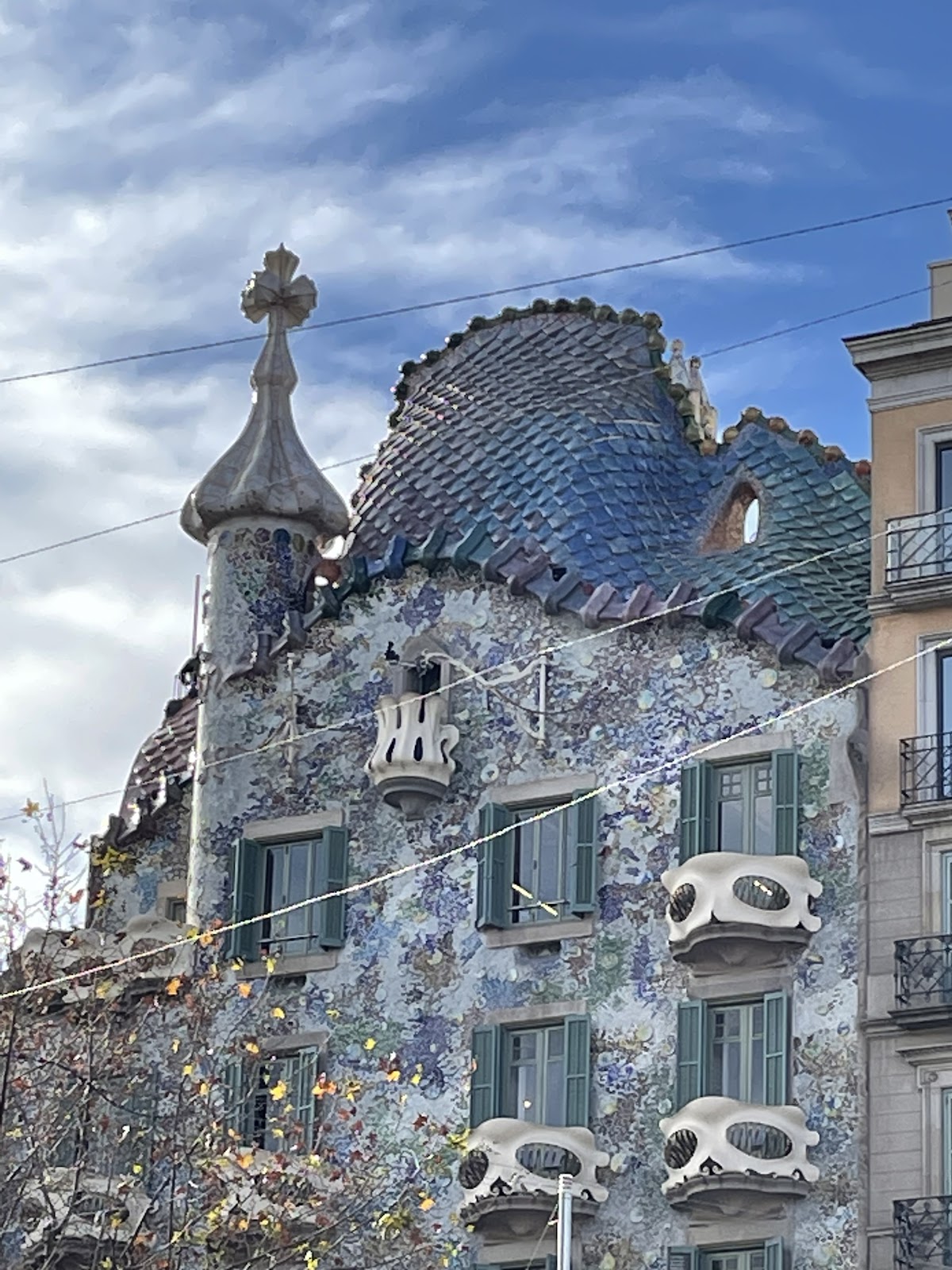
Casa Batlló (Source: Google Maps)
Casa Batlló is an iconic modernist building located on Passeig de Gràcia, designed by the renowned architect Antoni Gaudí. Completed in 1906, it is celebrated for its unique organic shapes, vibrant colors, and intricate mosaics. The façade features a remarkable blend of stone and ceramic tiles, resembling a dragon's back, which is a distinctive element of Gaudí's style. The interior is equally stunning, with flowing lines and innovative use of light and space. Casa Batlló is a UNESCO World Heritage Site and stands as a testament to Gaudí's visionary approach to architecture, reflecting the artistic spirit of Barcelona.
Casa Milà (La Pedrera)
Continue along Passeig de Gràcia to reach Casa Milà, another masterpiece by Gaudí, known for its unconventional façade and rooftop sculptures.
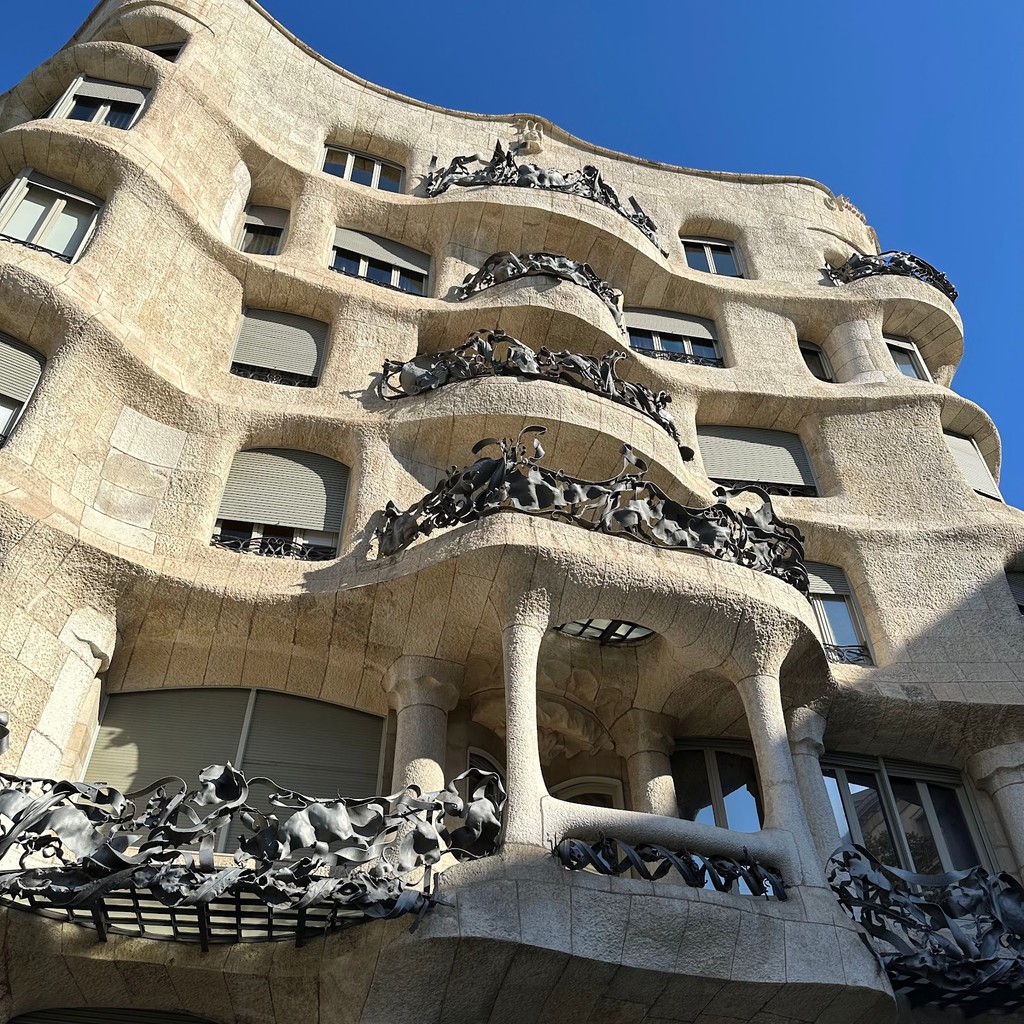
Casa Milà (La Pedrera) (Source: Google Maps)
Casa Milà, popularly known as La Pedrera, is another masterpiece by Antoni Gaudí, completed in 1912. This residential building is renowned for its undulating stone façade and wrought-iron balconies, which challenge traditional architectural norms. The rooftop terrace features surreal chimneys that resemble warriors, offering a unique view of the city. La Pedrera was one of the first buildings in Barcelona to use a self-supporting stone façade, showcasing Gaudí's innovative engineering. Today, it houses a cultural center and is a UNESCO World Heritage Site, attracting visitors who admire its artistic and architectural brilliance.
Hospital de Sant Pau
A short stroll from the Sagrada Família, the Hospital de Sant Pau is a UNESCO World Heritage Site and an excellent example of Catalan modernism.
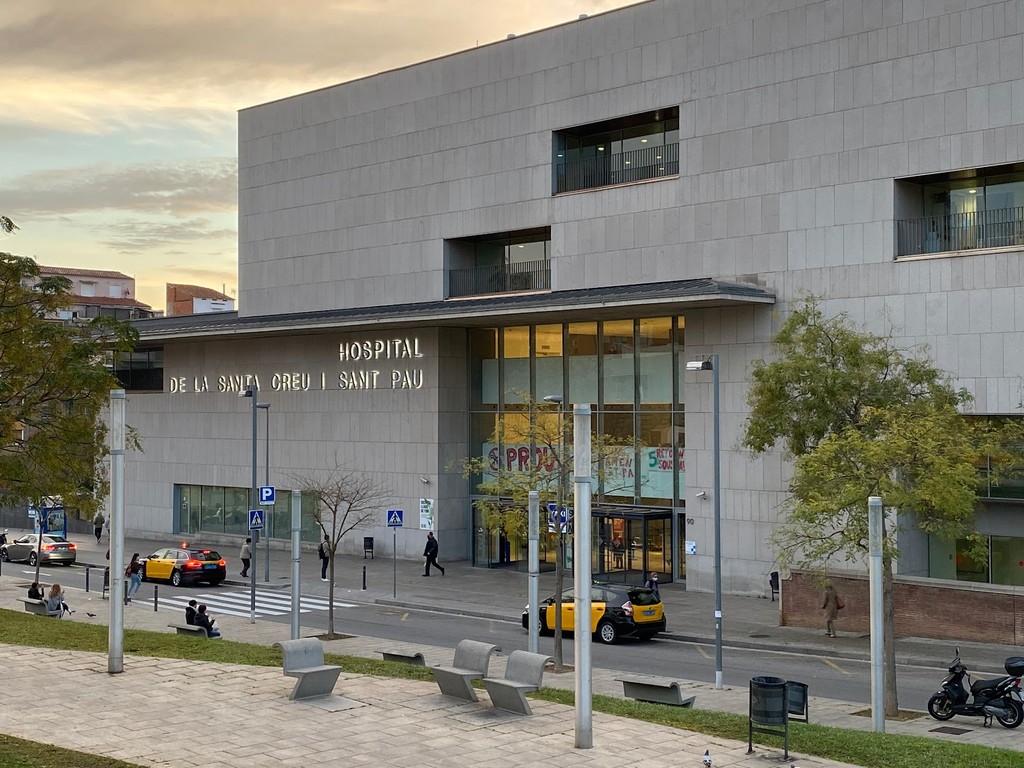
Hospital de Sant Pau (Source: Google Maps)
The Hospital de Sant Pau is a UNESCO World Heritage Site and a remarkable example of Catalan modernism, designed by architect Lluís Domènech i Montaner. Completed in 1930, it served as a functioning hospital until 2009. The complex is composed of numerous pavilions set in beautiful gardens, showcasing intricate mosaics, vibrant colors, and stunning architectural details. The design emphasizes natural light and ventilation, reflecting a progressive approach to healthcare at the time. Today, it serves as a cultural and research center, symbolizing Barcelona's commitment to art, health, and innovation.
Recinte Modernista de Sant Pau
Adjacent to the hospital, explore the Recinte Modernista de Sant Pau, a stunning complex of Art Nouveau architecture.
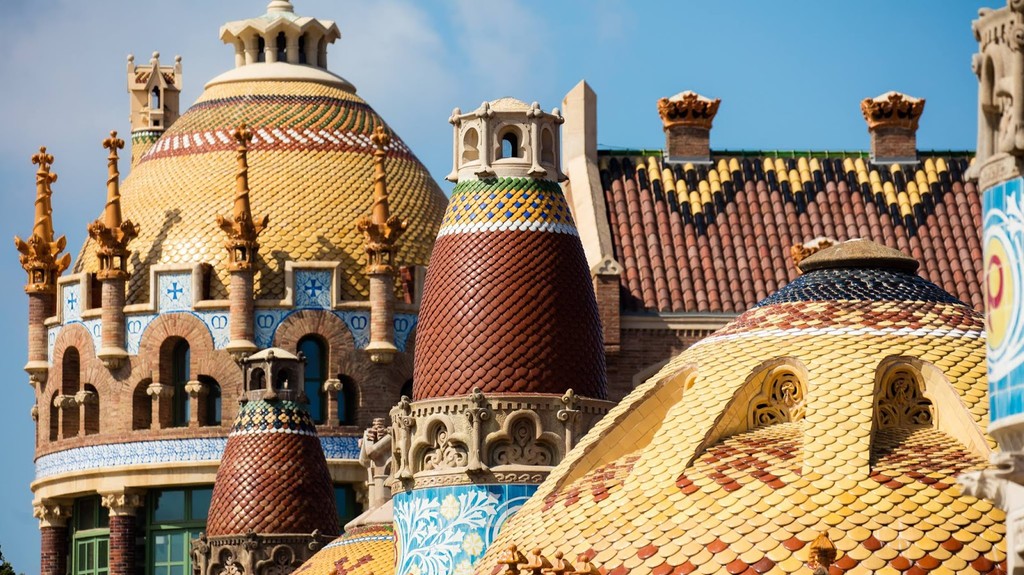
Recinte Modernista de Sant Pau (Source: Google Maps)
Adjacent to the Hospital de Sant Pau, the Recinte Modernista de Sant Pau is a stunning complex of Art Nouveau architecture, designed by Lluís Domènech i Montaner. This architectural gem features a series of beautifully restored pavilions, adorned with colorful tiles, stained glass, and intricate sculptures. The site was originally part of the hospital and has been transformed into a cultural space that hosts exhibitions and events. Visitors can explore the lush gardens and admire the striking architectural details, which reflect the rich artistic heritage of Barcelona. It is an important cultural landmark, highlighting the city's modernist movement.
Plaça de la Sagrada Família
Walk to the Plaça de la Sagrada Família, where you can marvel at the awe-inspiring Sagrada Família, Gaudí's unfinished basilica that is a symbol of Barcelona.
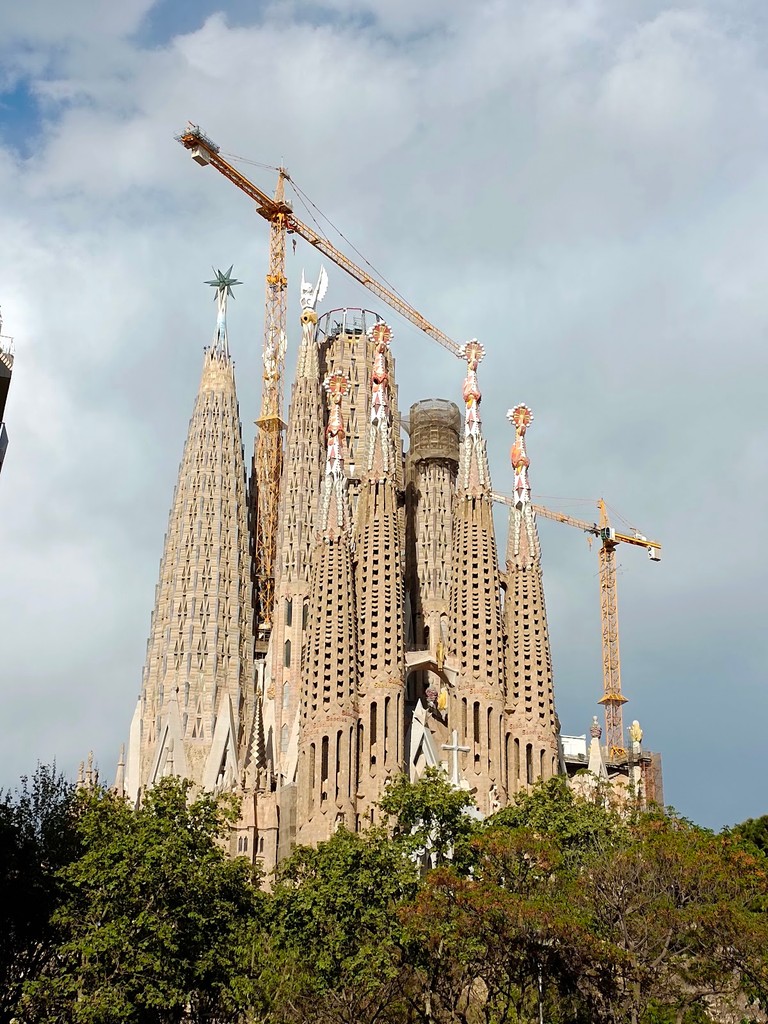
Plaça de la Sagrada Família (Source: Google Maps)
Plaça de la Sagrada Família is the vibrant square surrounding Gaudí's iconic basilica, a masterpiece of modernist architecture. The square provides a breathtaking view of the Sagrada Família, which has been under construction since 1882. The basilica is known for its intricate facades, each telling a different story from the life of Christ. The plaza is a popular gathering place for tourists and locals, offering a chance to appreciate Gaudí's visionary work up close. Surrounded by cafes and shops, the area buzzes with life and serves as a focal point for cultural activities, reflecting the enduring significance of this architectural wonder.
Arc de Triomf
Head towards the Arc de Triomf, a majestic archway built as the main access gate for the 1888 Barcelona World Fair, set in a picturesque park.
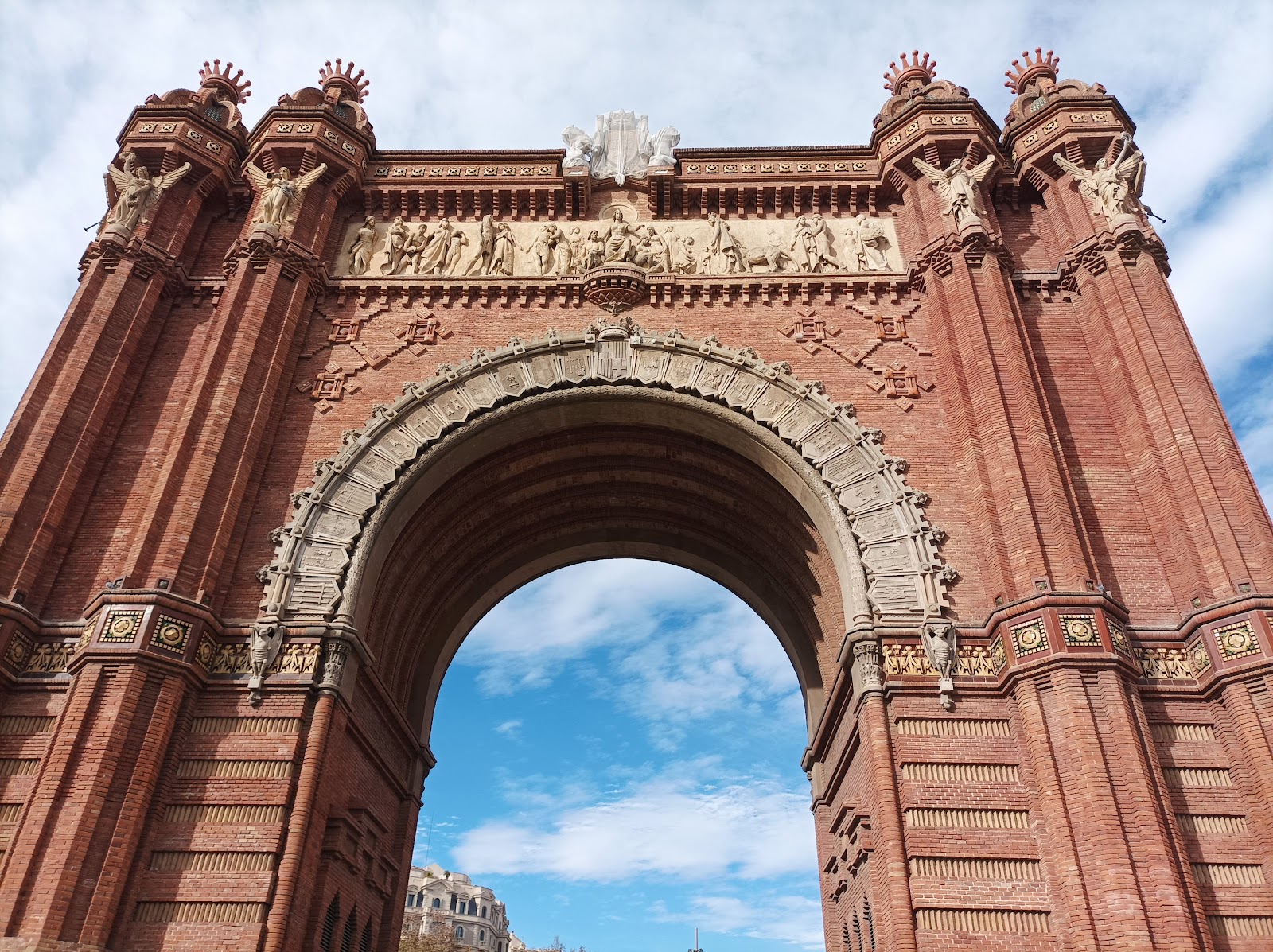
Arc de Triomf (Source: Google Maps)
The Arc de Triomf is a majestic archway built in 1888 as the main access gate for the Barcelona World Fair. Designed by architect Josep Vilaseca i Casanovas, the arch is constructed of red brick and adorned with decorative sculptures that celebrate the triumph of the city. Standing at the entrance to the Parc de la Ciutadella, it serves as a popular photo spot and a symbol of Barcelona's rich history. The arch is flanked by palm trees and leads to a wide promenade, making it a vibrant area for both locals and tourists. It embodies the city's spirit of celebration and progress.
Parc de la Ciutadella
Nearby, Parc de la Ciutadella offers a green oasis in the city with beautiful gardens, a lake, and the famous Cascada Monumental fountain.
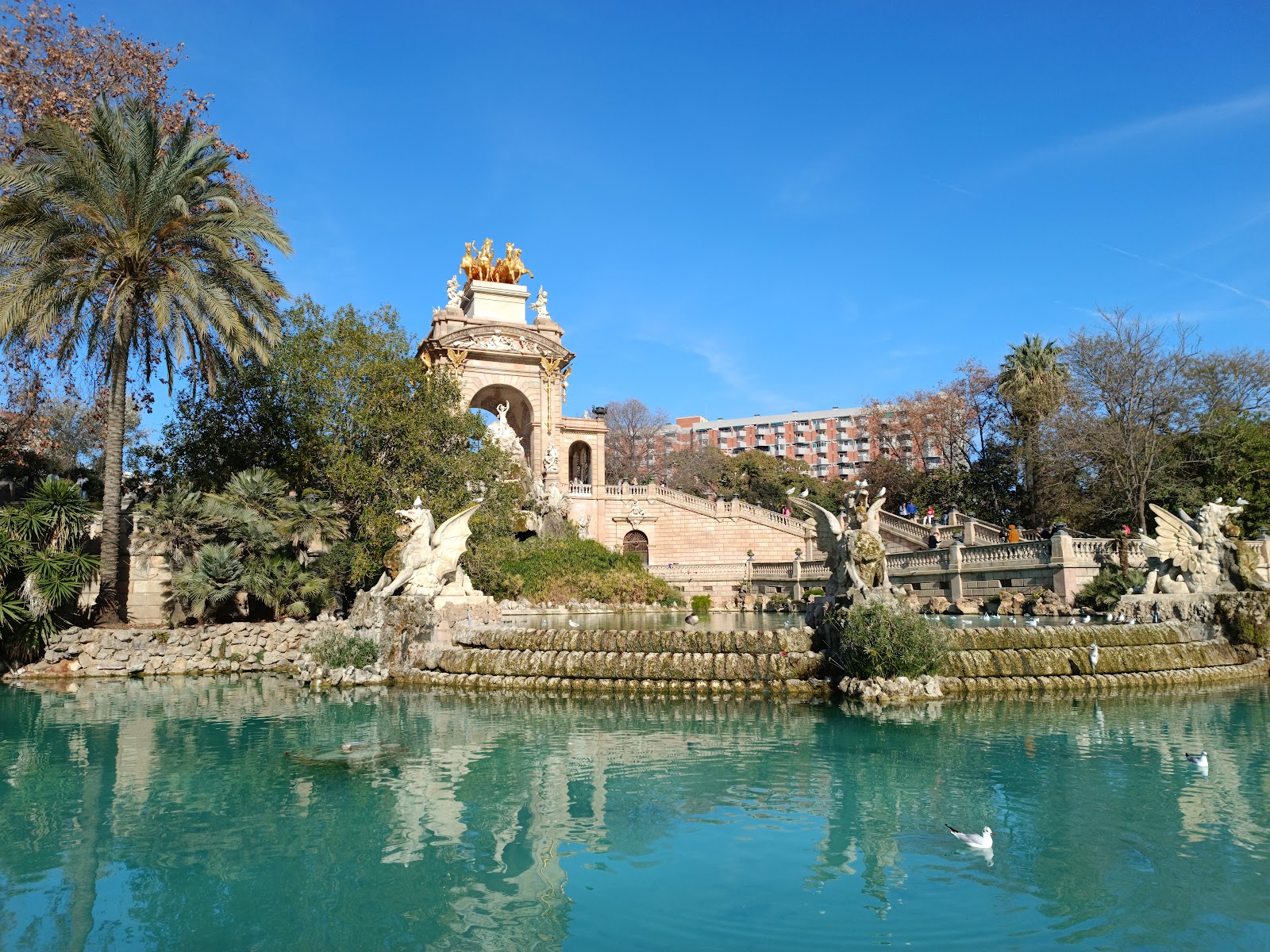
Parc de la Ciutadella (Source: Google Maps)
Parc de la Ciutadella is a beautiful green oasis in the heart of Barcelona, featuring lush gardens, a lake, and a stunning fountain known as the Cascada Monumental. Designed for the 1888 World Fair, the park is home to various cultural institutions, including the Catalan Parliament and the Barcelona Zoo. The Cascada Monumental, designed by Josep Fontserè with contributions from a young Antoni Gaudí, is a breathtaking centerpiece adorned with sculptures and waterfalls. The park is a popular spot for relaxation, picnics, and outdoor activities, reflecting the city's commitment to green spaces and community engagement.
El Born Cultural Center
Conclude your tour at the El Born Cultural Center, a historical site and cultural venue that offers insight into Barcelona's past through its preserved archaeological remains.
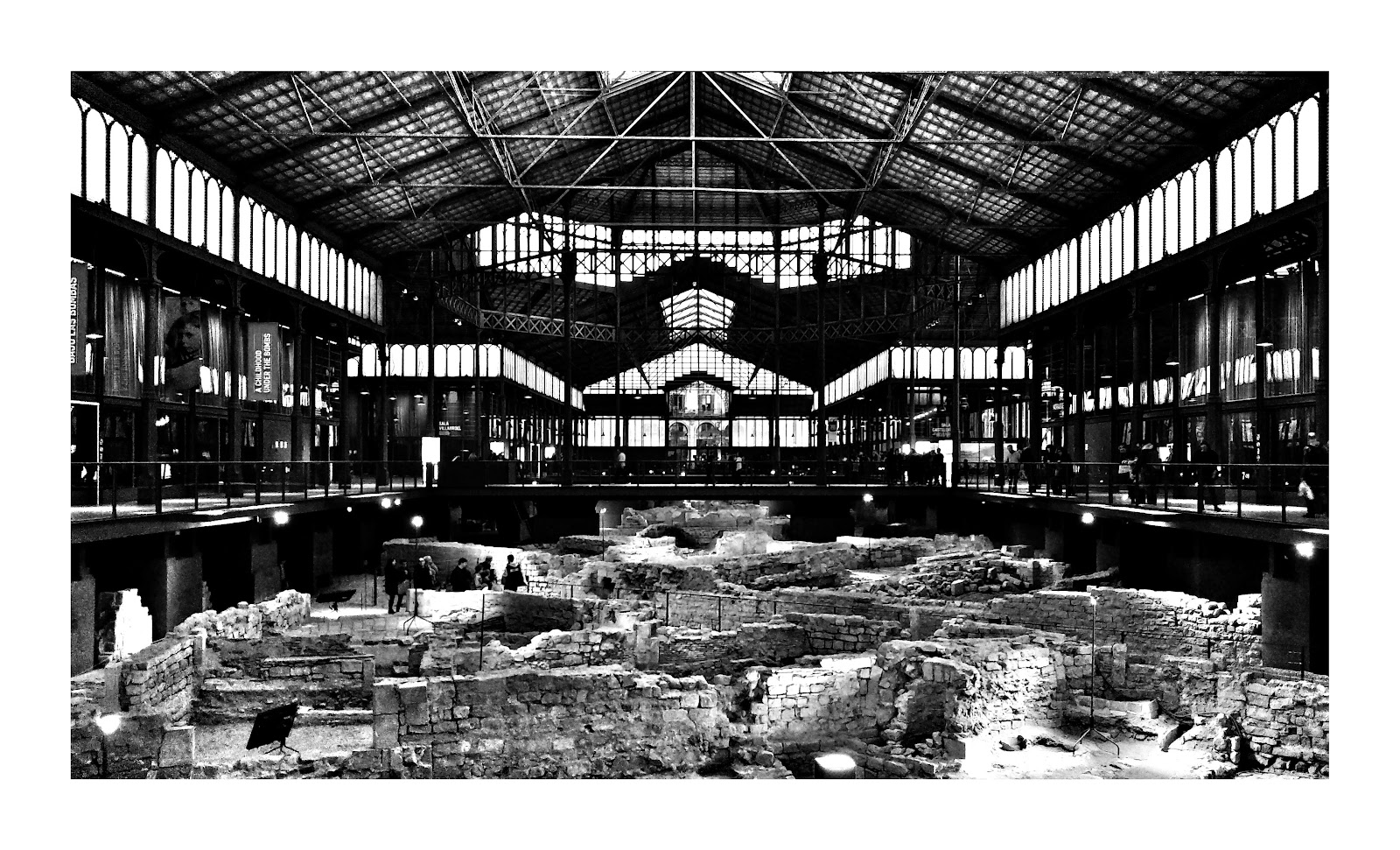
El Born Cultural Center (Source: Google Maps)
The El Born Cultural Center is a historical site and cultural venue located in the heart of the El Born neighborhood. The center is built around the remains of a 17th-century market and features archaeological findings from the medieval period, providing insight into Barcelona's rich history. The center hosts various exhibitions, workshops, and cultural events, making it a vibrant hub for creativity and learning. Visitors can explore the preserved ruins, which reflect the city's evolution over centuries. El Born Cultural Center celebrates Barcelona's heritage while fostering contemporary artistic expression, making it a must-visit destination for culture enthusiasts.

Your travels, your rules.
Create your own Free Walking Tours.
Set your preferences, distances and anything you want to do or see.
Completely free, no payment required.